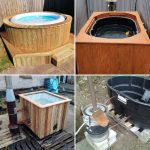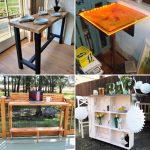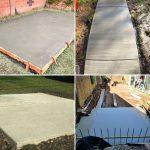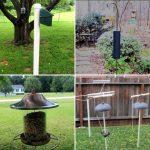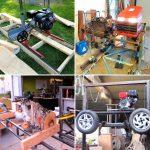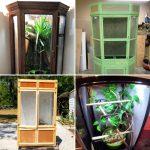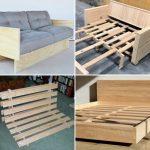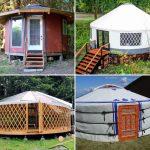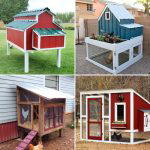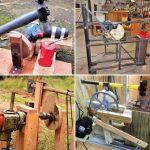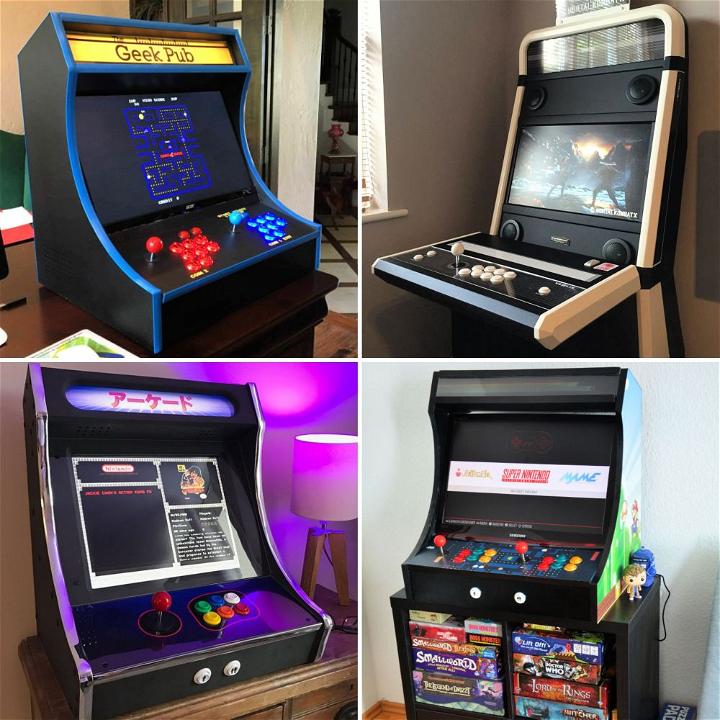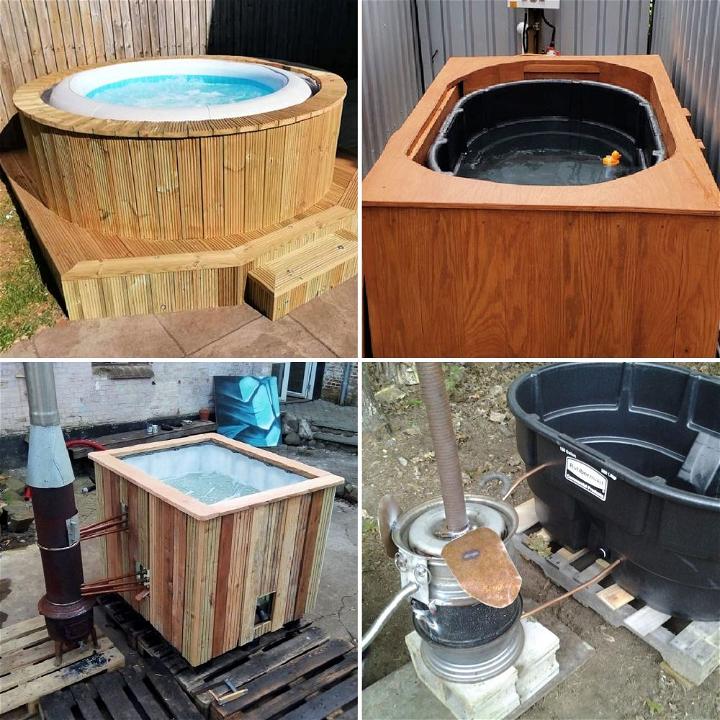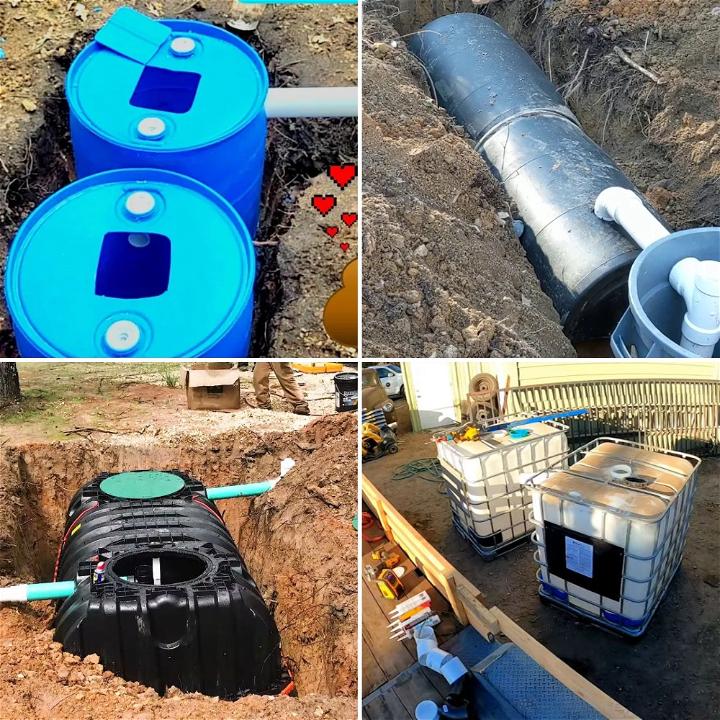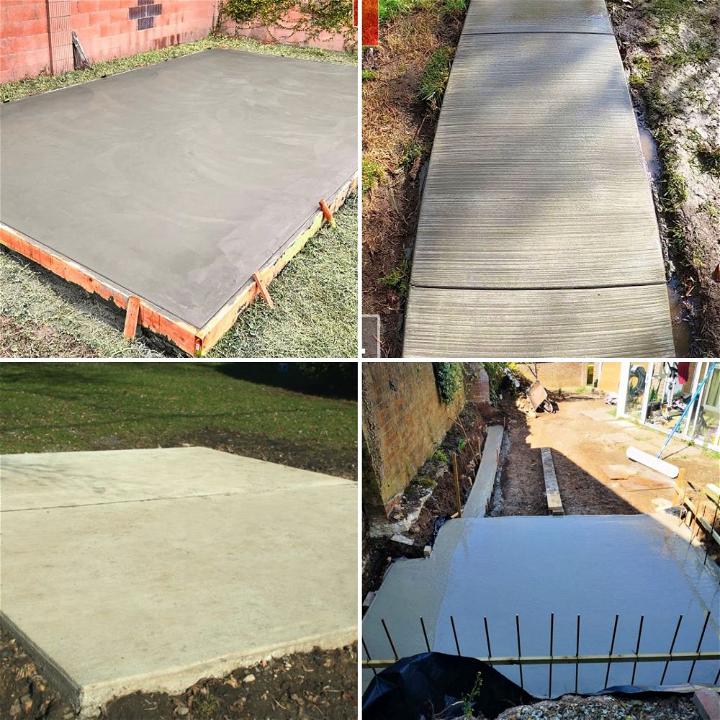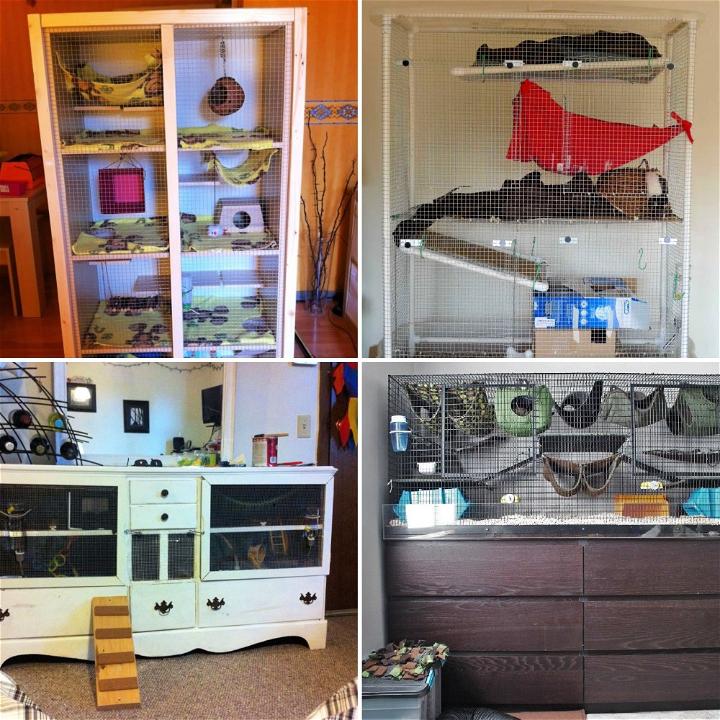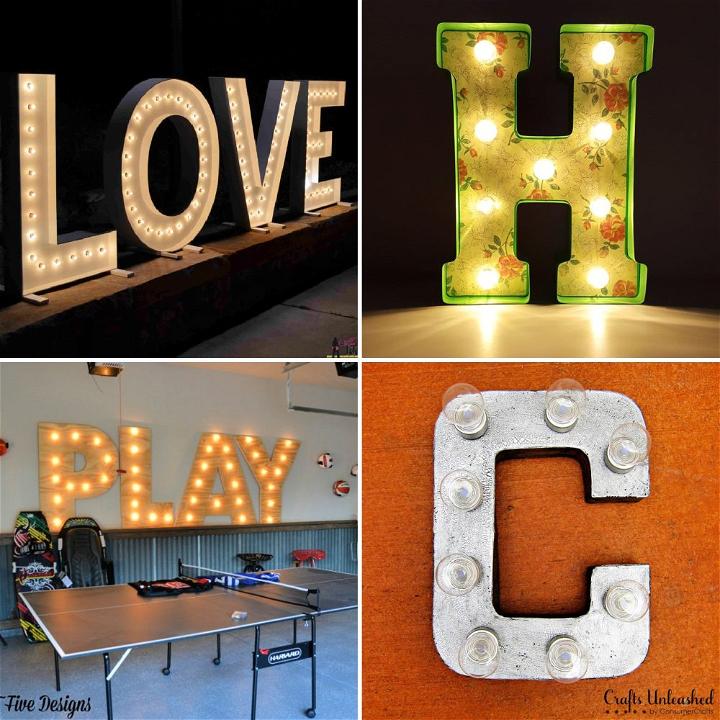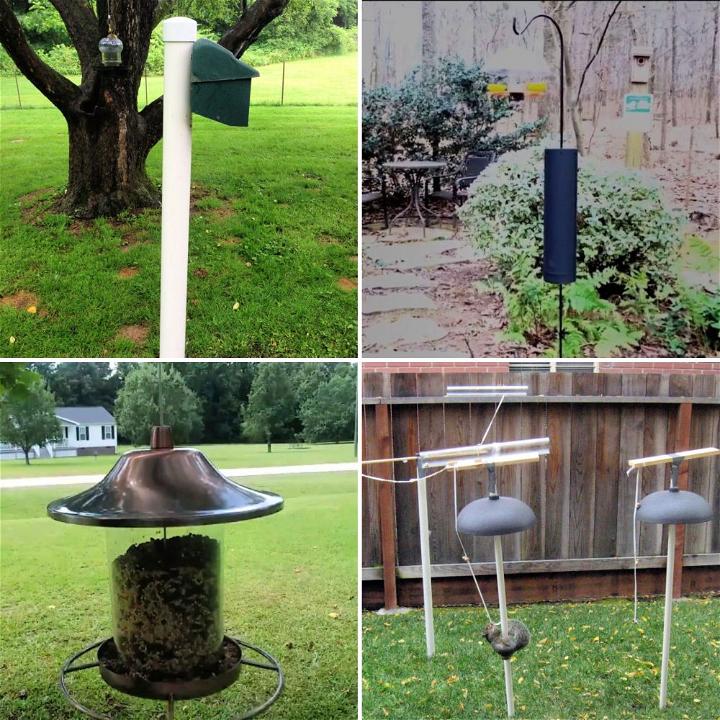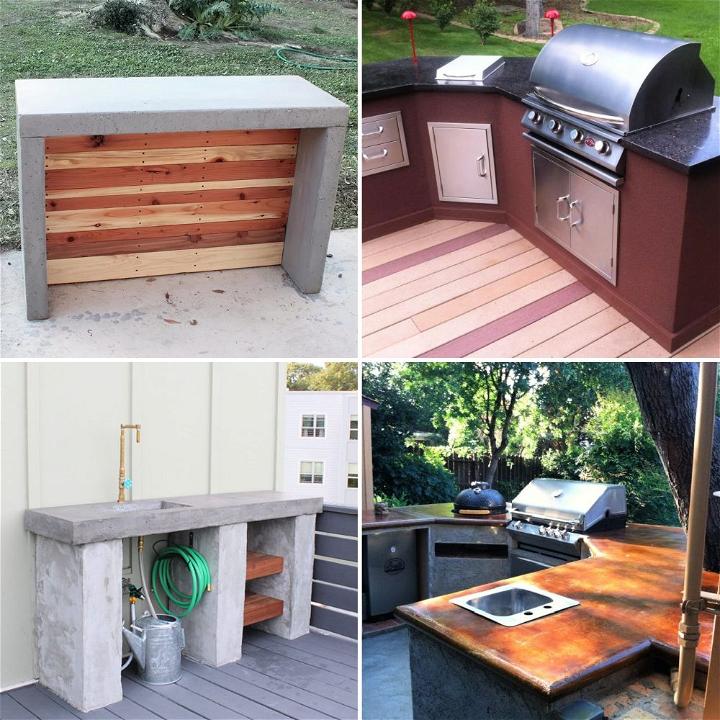Ecosystem ponds are more than just a beautiful addition to your garden; they play a crucial role in supporting local biodiversity and providing environmental benefits. An ecosystem pond works in harmony with nature to make a self-sustaining environment that supports plants, fish, and wildlife.
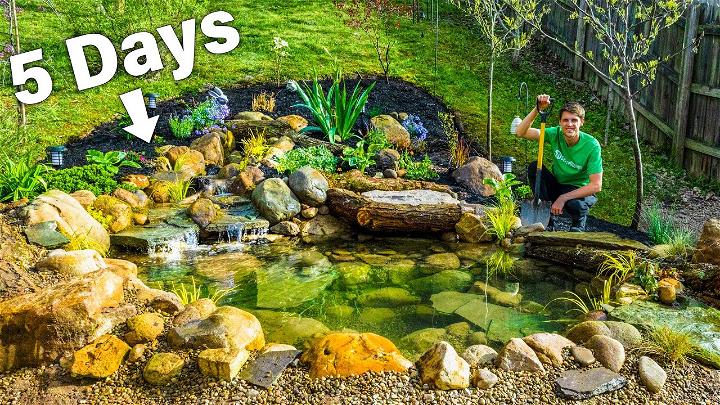
Benefits of Ecosystem Ponds
Ecosystem ponds offer several advantages:
- They support local wildlife by providing habitats for various species.
- These ponds act as natural filters, improving water quality by breaking down waste and reducing pollutants.
- They can serve as educational tools, helping people understand ecological balance and the importance of water in the environment.
Making Your Ecosystem Pond
To make an ecosystem pond:
- Design your pond to include shallow and deep areas, which will support a diverse range of plants and animals.
- Select plants that are native to your area to ensure they thrive and support local wildlife.
- Introduce fish that are suitable for your climate and will contribute to the pond's ecological balance.
How to Build a Pond - Step by Step Instructions
Learn how to build a pond with our step-by-step guide - from planning to planting and maintenance. Transform your backyard into a serene oasis.
Planning and Preparing
Step 1: Design and Layout
Consider the size and shape that will fit best in your available space. Use ropes or spray paint to mark the ground, outlining where your pond and any features like waterfalls will go. Think about the surrounding landscape and how you can integrate the pond seamlessly.
Step 2: Excavation
Start digging within the markings to make your pond, ensuring to form shelves within the excavation for placing stones. If your design includes a waterfall, excavate this area too. Keep in mind that you'll need space for an overflow and possibly a filtration system.
Lining and Stonework
Step 3: Install Liner and Underlayment
Line the dug-out pond with geotextile fabric to protect the liner from sharp objects, then lay the EPDM liner over the fabric, making sure it fits into all corners and shelves of the excavation.
Step 4: Adding Stones and Boulders
Begin placing flat, stable stones at the bottom for the first layer to ensure everything above is supported. Gradually work your way up, utilizing a variety of stone sizes for stability and aesthetic appeal.
Filtration System
Step 5: Building Your Filtration System
For a budget-friendly filtration system, consider using a trash can buried beside the pond, outfitted with a pump and perforated drain pipes to make a DIY skimmer and filter. Ensure the pump is suitable for your pond's volume.
Step 6: Waterfalls and Features
If including a waterfall, use a separate liner for this area and connect it to the main pond using seam tape. Arrange rocks to make the desired flow and aesthetics of your waterfall.
Adding Water and Plants
Step 7: Filling the Pond
Begin filling your pond with water. As it fills, adjust any visible liner and rearrange stones as needed to cover the liner completely.
Step 8: Planting
Incorporate aquatic plants both within your pond and around its edges for a natural look. Opt for a mix of submerged, marginal, and floating plants to support your pond's ecosystem.
Step 9: Add Fish (Optional)
Once your pond has settled and the plants are established, you may introduce fish. Ensure the species you choose are suitable for your pond's size and the climate.
Final Touches
Step 10: Landscaping
Enhance the pond's surroundings with additional landscaping. Use mulch, additional plants, and perhaps even some strategically placed logs or stones to make the pond look like a natural part of your garden.
Maintenance
Regular maintenance is crucial to keep your pond healthy. This includes managing algae growth, ensuring the pump and filtration system are working effectively, and caring for the plants and fish if you have them.
Video Tutorial
For a step-by-step video tutorial, watch DIY budget ecosystem pond - solo build in 5 days by hand on you tube.
It pairs well with this written guide, providing a visual view of the techniques discussed, offering an engaging and thorough understanding of the process.
This project requires hard work but the end result is rewarding. You'll make a beautiful ecosystem pond that supports local wildlife. With careful planning and hard work, you can enjoy it for years.
Maintenance Tips for Pond Health
Maintaining a healthy pond is essential for the well-being of its inhabitants and the overall ecosystem. Regular maintenance ensures clean water and a balanced environment.
Regular Cleaning
- Remove debris like leaves and twigs to prevent decay and nutrient overload in the water.
- Monitor water quality regularly to maintain the correct pH levels and prevent toxic conditions.
Seasonal Care
- Prepare for winter by removing sensitive plants and installing a heater or aerator to prevent the water from freezing solid.
- Spring cleaning is vital to remove any buildup from the winter and prepare the pond for active months.
Supporting Wildlife
- Provide hiding spots for fish and other creatures to protect them from predators.
- Avoid overfeeding fish, as excess food can decay and negatively impact water quality.
Plant and Fish Selection for Your Ecosystem Pond
Making a balanced ecosystem in your pond is essential for its health and longevity. The right combination of plants and fish can make a self-sustaining environment that's both beautiful and beneficial to local wildlife.
Choosing the Right Plants
When selecting plants for your pond, consider the following:
- Native species are best as they're adapted to your local climate and support native wildlife.
- Variety is key; include a mix of submerged, floating, and marginal plants to provide oxygen, shade, and habitat.
- Avoid invasive species which can overtake the pond and harm the ecosystem.
Selecting Suitable Fish
Fish add life and color to your pond, but it's important to choose the right types:
- Opt for local species that can thrive in your pond's conditions.
- Consider the size of your pond when choosing fish; smaller ponds may not support large or numerous fish.
- Balance is crucial; too many fish can lead to waste buildup and poor water quality.
Innovative Features for Your DIY Pond
Enhancing your pond with innovative features can increase its appeal and functionality.
Waterfalls and Fountains
- Aeration: Waterfalls and fountains add oxygen to the water, which is vital for fish and plant health.
- Sound and movement: The sound of flowing water makes a relaxing atmosphere and can attract wildlife.
Lighting
- Visibility: Underwater lighting can illuminate your pond at night, highlighting the plants and fish.
- Safety: Lighting around the pond's edge can make it safer to walk around after dark.
FAQs About DIY Ponds
Making a DIY pond can be a rewarding project, but it often comes with many questions. Here's a helpful guide to some of the most common inquiries.
How do I choose the right location for my pond?
Select a spot in your yard that gets a mix of sun and shade throughout the day. Avoid placing your pond under trees to minimize debris and ensure a stable temperature for any aquatic life.
What size should my pond be?
The size of your pond depends on your space, budget, and the types of plants and animals you want to include. A good starting point is a pond that's at least 2 feet deep and 3 feet wide.
What materials do I need for a pond liner?
EPDM rubber or PVC liners are popular choices due to their durability and flexibility. Pre-formed liners are also an option for smaller ponds.
How do I ensure good water quality?
Install a proper filtration system and consider adding aeration devices like fountains or waterfalls. Regularly check the pH level and remove debris to maintain a healthy environment.
Can I add fish to my pond?
Yes, but ensure your pond is deep enough and has the right conditions for the fish species you choose. Koi and goldfish are common options for backyard ponds.
What plants are suitable for my pond?
Aquatic plants like water lilies, lotus, and irises are great for adding beauty and helping with water filtration. Marginal plants can also provide a habitat for wildlife.
How often should I clean my pond?
Clean your pond at least once a year, removing any sludge and trimming plants. Regularly check and clean your filters to keep the water clear.
Do I need a permit to build a pond?
This depends on your location. Always check with your local authorities for any regulations or permits required before starting your project.
How can I prevent algae growth?
Algae thrive on excess nutrients, so avoid overfeeding fish and use plants that compete with algae for nutrients. UV clarifiers can also help control algae.
What wildlife might be attracted to my pond?
A well-maintained pond can attract frogs, birds, and beneficial insects. Ensure you have a balanced ecosystem to support a variety of wildlife.
25 Easy DIY Pond Ideas
Discover 25 easy DIY pond ideas to make a serene oasis in your backyard. Step-by-step guides for building a beautiful pond on a budget.
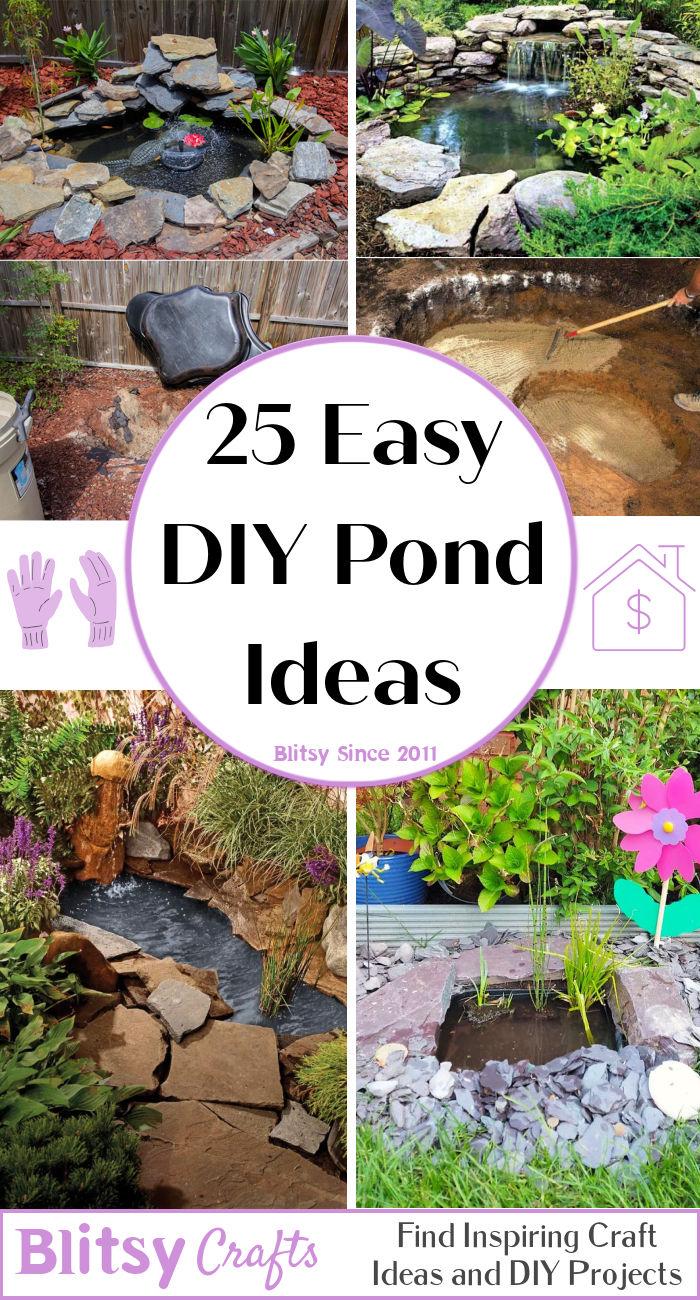
1. Best DIY Garden Fish Pond
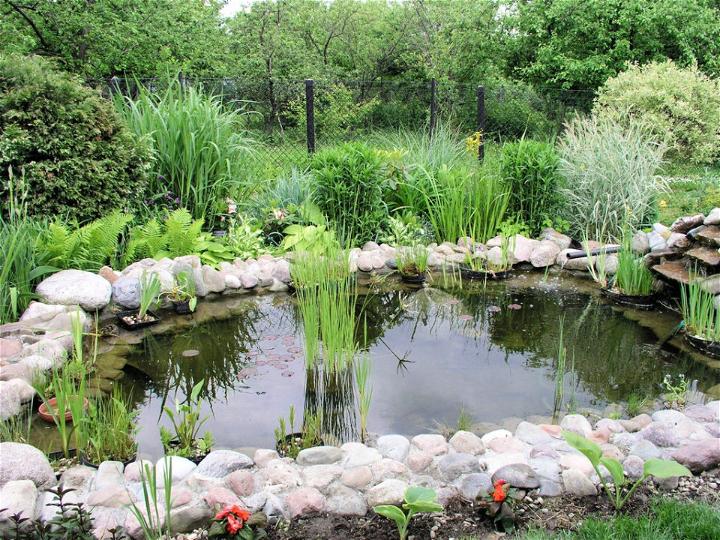
Transforming your garden with a DIY fish pond adds tranquility and a touch of nature's beauty. It's a creative project that brings both aesthetic and ecological benefits, encouraging wildlife while serving as a relaxing hobby.
2. Make Your Own Natural Pond
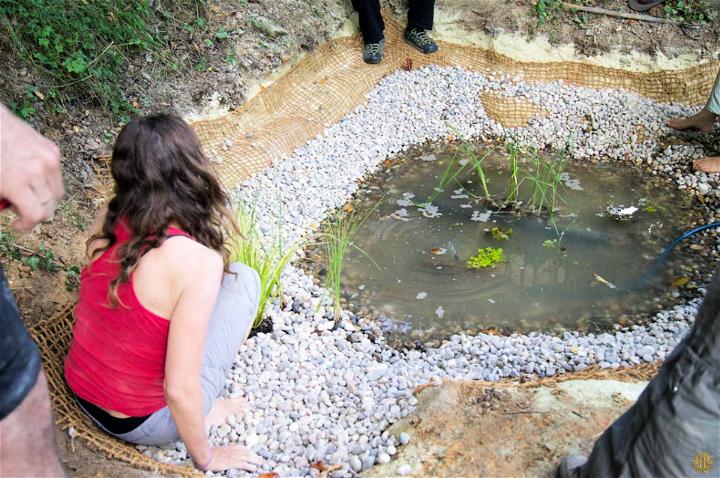
A natural pond in your garden mimics the serene beauty of wild landscapes. It's a haven for local flora and fauna, enhancing biodiversity. Crafting one involves minimal intervention, letting nature play its role, fostering a balanced ecosystem.
3. Outdoor Small Fish Pond in the Garden

Even with limited space, a small fish pond can significantly uplift your garden's ambiance. It's a charming focal point that invites peace, supports aquatic life, and can be surprisingly easy to maintain, offering endless enjoyment.
4. Wildlife Friendly Mini Pond Plan
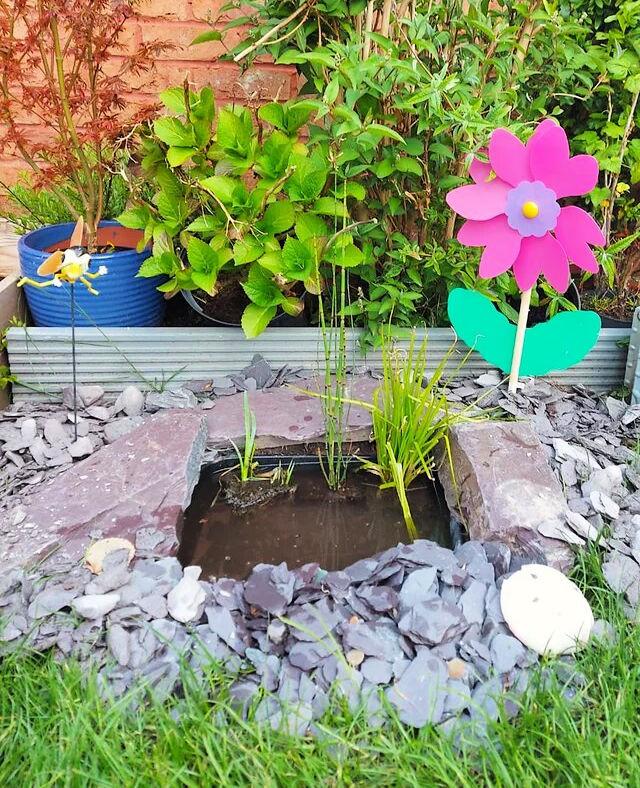
Introducing a mini pond is a fantastic way to support local wildlife. It becomes a vital water source for birds, insects, and amphibians, making a thriving eco-friendly garden. Such ponds require thoughtful plant selection to ensure they're beneficial habitats.
5. Outdoor Above Ground Pond
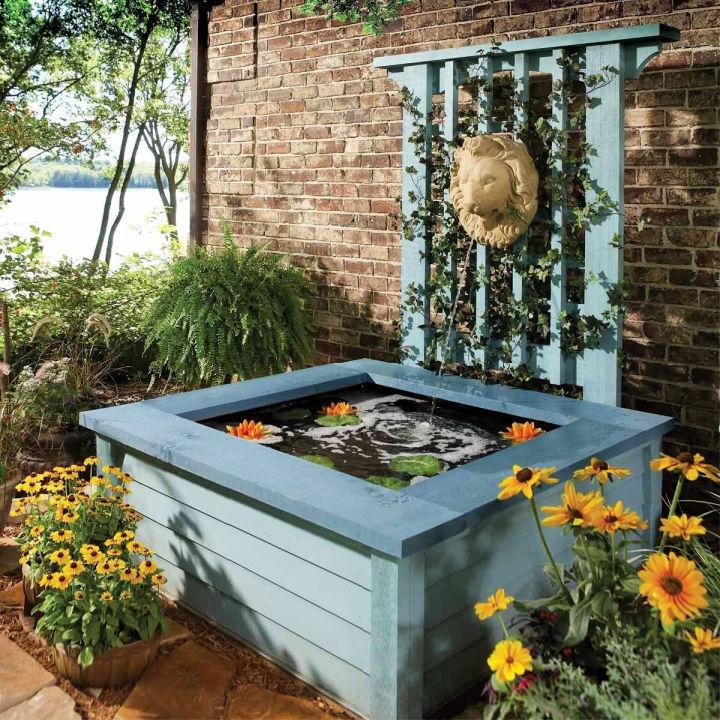
An above-ground pond can be a brilliant addition to any outdoor space. Its elevated design makes it a standout feature, offering ease of maintenance and accessibility. It's perfect for those looking to blend modernity with natural elements.
6. Building a Front Yard Pond
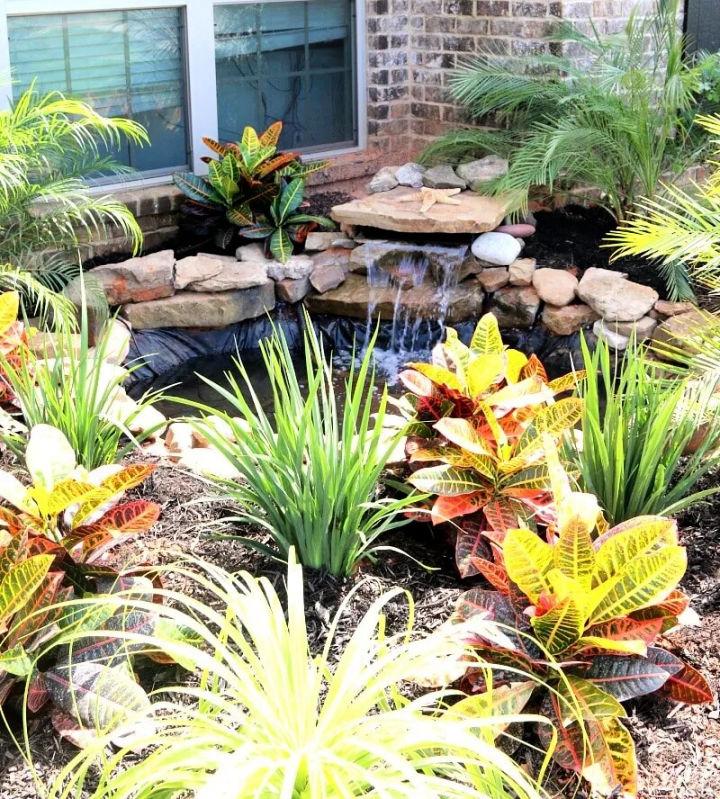
A front yard pond can significantly enhance your home's curb appeal. It's an inviting feature that makes a warm welcome for guests. Tailoring its design to complement your home's architecture can make a harmonious and appealing landscape.
7. How to Build a Koi Pond

A koi pond is more than just a garden feature; it's a peaceful retreat. These colorful fish need specific conditions, including adequate filtration and space to thrive, making the planning part of the process as enjoyable as the outcome.
8. Making a Backyard Pond
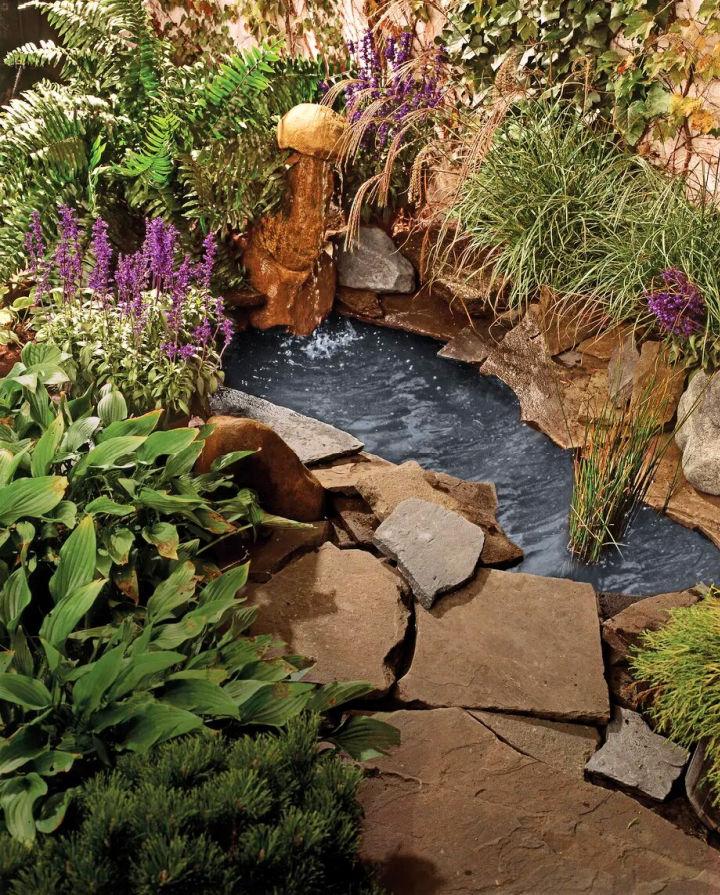
Make a pond in your backyard is a gratifying project that can transform any outdoor space into a captivating oasis. It's an opportunity to personalize your relaxation area while increasing your property's value and ecological diversity.
9. How to Make a Golfish Pond
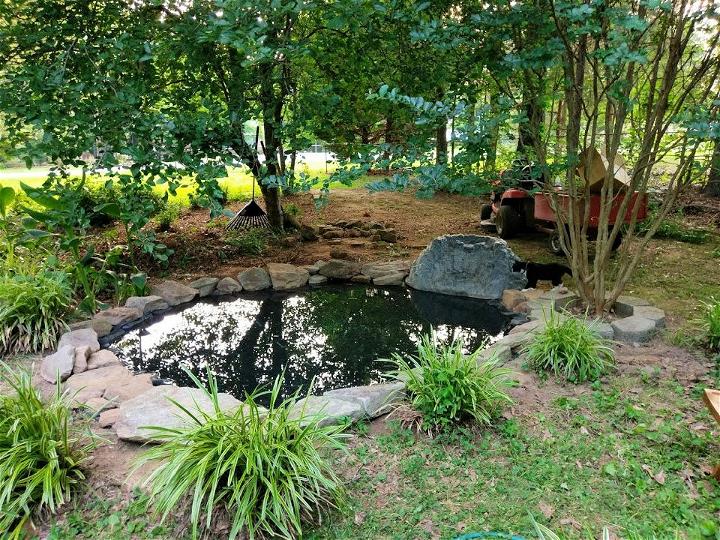
Goldfish ponds are enchanting and relatively easy to set up. They require a stable environment and regular upkeep to ensure your goldfish thrive. This joyful endeavor brings life and movement to your garden, engaging family members of all ages.
10. Make a Pond for Backyard
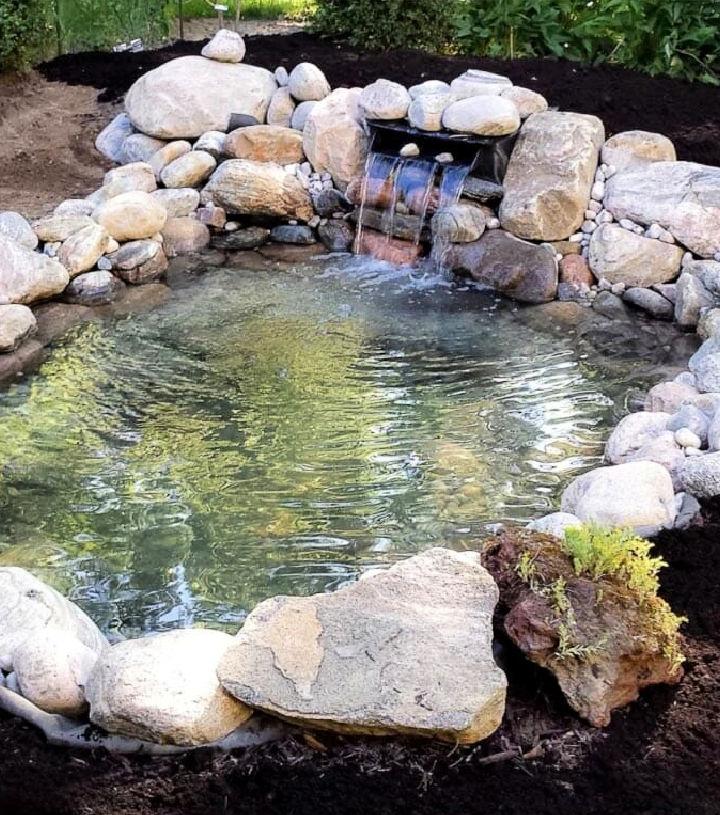
Making a pond in your backyard infuses it with life, offering a tranquil spot for relaxation and reflection. The process allows for creative expression in selecting plants and perhaps adding a waterfall, making a personal paradise.
11. Low Maintenance DIY Pond
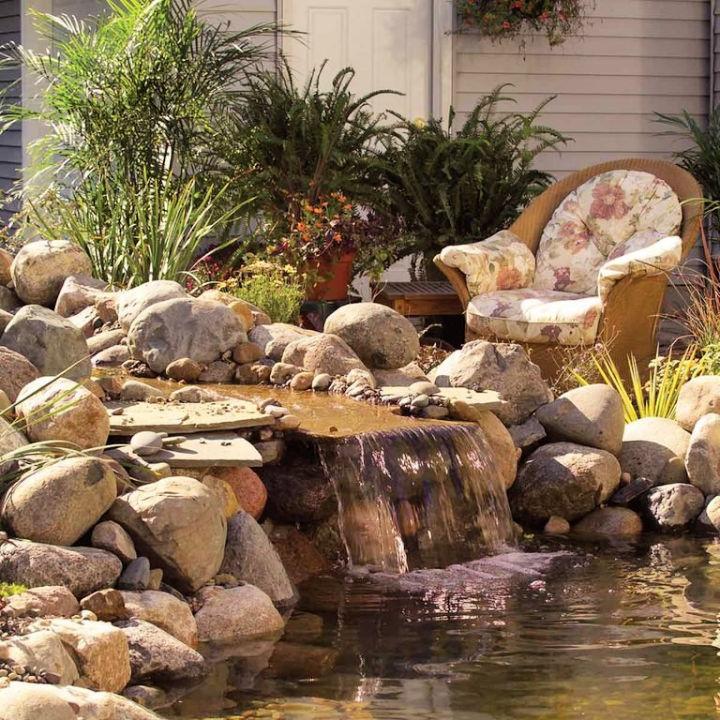
For those seeking serenity without the extensive upkeep, a low-maintenance DIY pond is ideal. Choosing hardy plants and a straightforward filtration system can minimize effort, making it a hassle-free retreat in your garden.
12. Build a Backyard Koi Pond

A backyard koi pond not only enhances the visual appeal of your space but also provides a soothing hobby. Careful design regarding depth, filtration, and plant selection ensures a healthy environment for these magnificent fish.
13. How to Install a Dry Pond
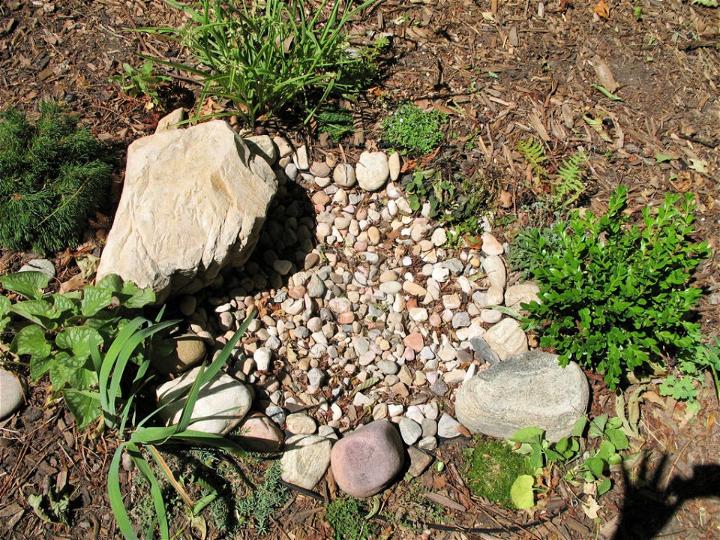
Installing a dry pond is an innovative approach to managing rainwater runoff while adding an intriguing landscape feature. It's designed to temporarily hold water during heavy rains, reducing flooding risk and promoting groundwater recharge, with an aesthetic appeal when dry.
14. Easy to Build Garden Pond and Deck
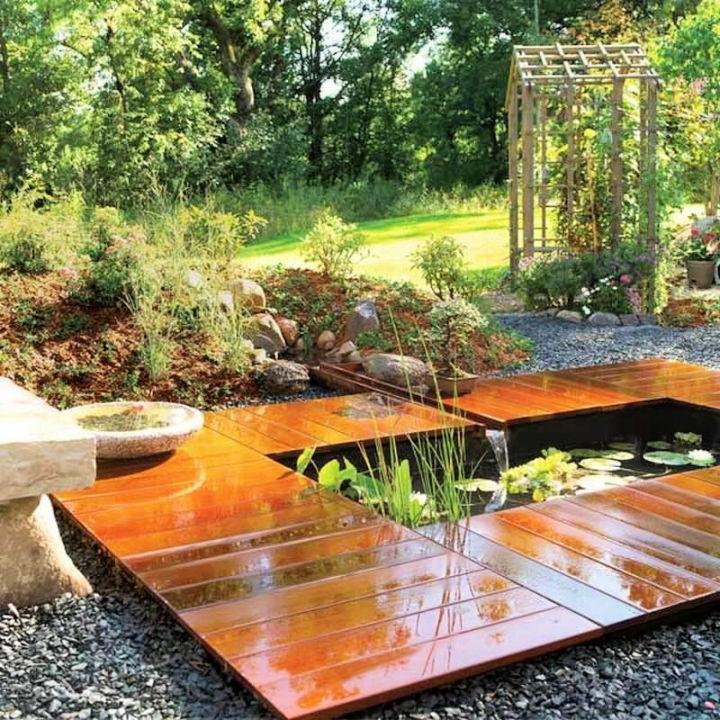
Make your own garden pond and deck can transform your outdoor space into a serene retreat. This approach offers both beauty and functionality, providing a perfect spot for relaxation and entertainment. It's a rewarding project that enhances your home's appeal.
15. DIY Drain Duck Pond
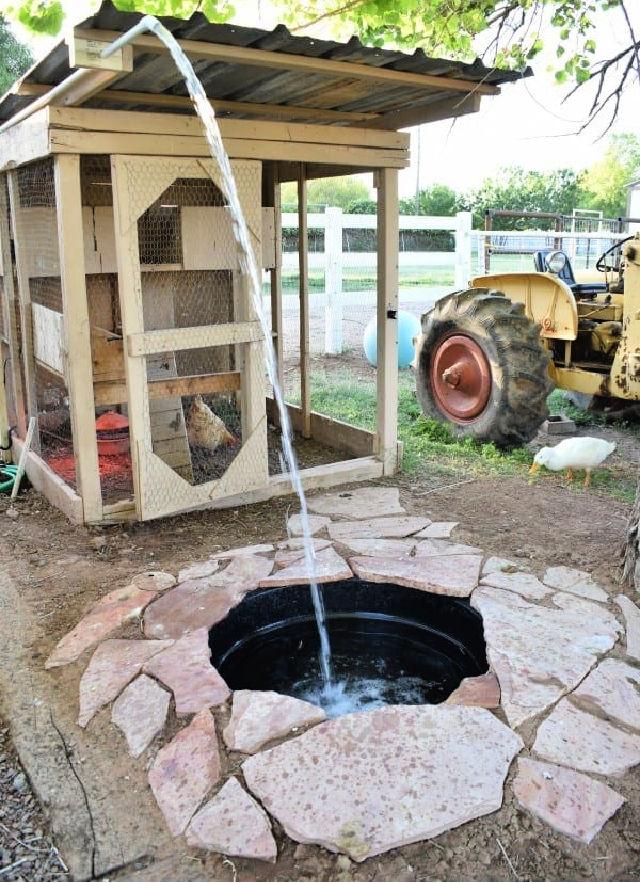
A DIY drain duck pond brings a charming ambiance to your backyard, offering a safe haven for ducks. It's an ingenious way to enjoy wildlife while practicing sustainable water management. This inviting feature is not only enjoyable but also contributes to the ecological balance in your garden.
16. Above Ground Koi Pond for Under $70
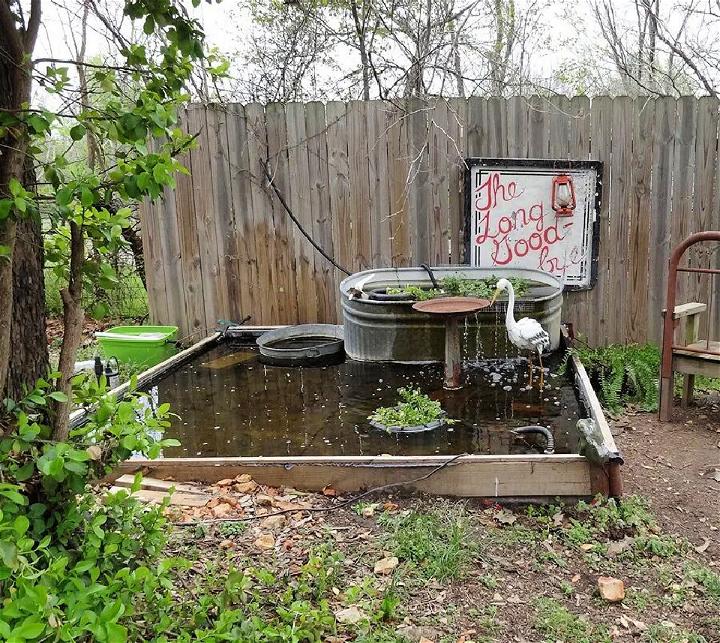
An above-ground koi pond is an affordable and captivating addition to any garden. For under $70, you can craft a serene oasis for koi fish, adding movement and color to your outdoor space. It's a budget-friendly project that brings life and tranquility to your backyard.
17. Homemade Rock Pond
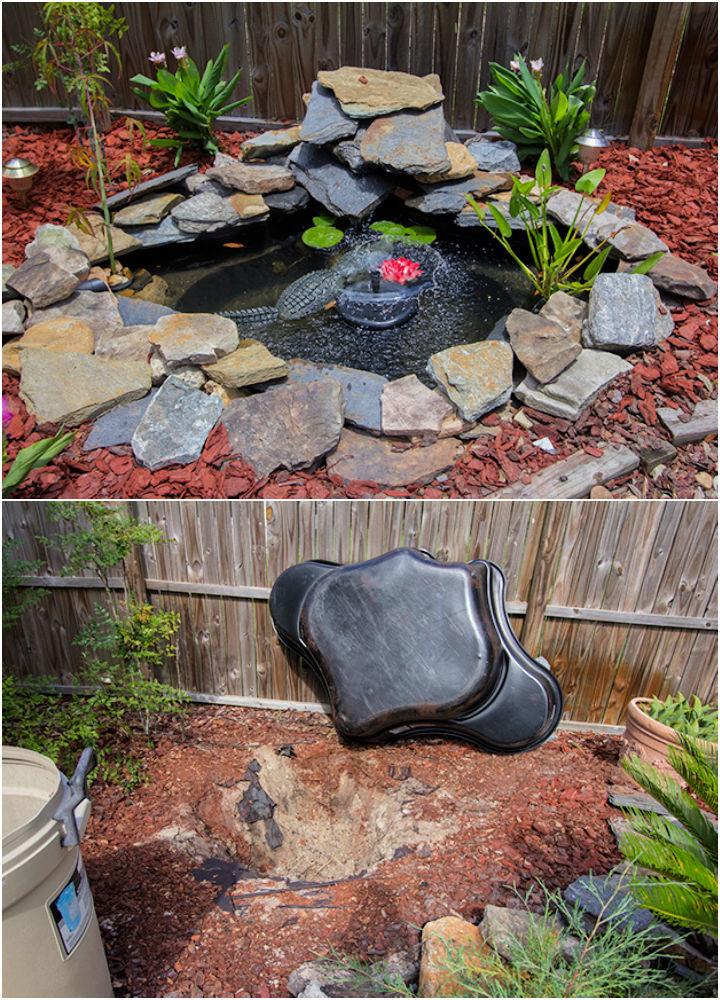
A homemade rock pond adds a rugged, natural charm to your garden. Using rocks and stones, you can make a durable and picturesque water feature. This unique design element introduces a tranquil, babbling brook ambiance, making your outdoor area a peaceful retreat.
18. DIY Small Garden Pond
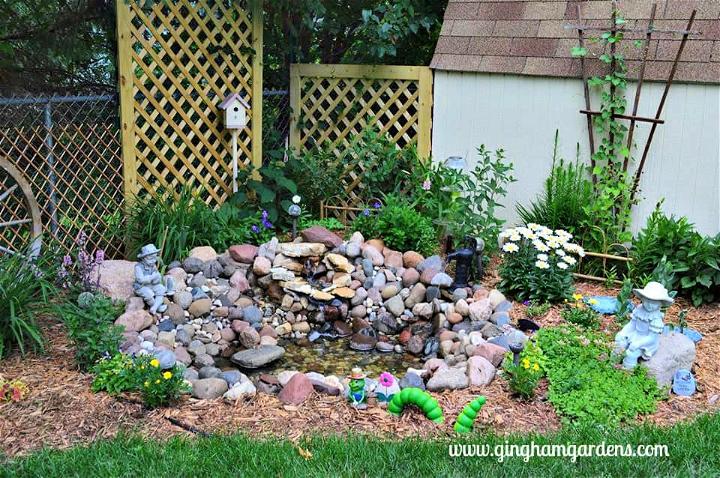
A small garden pond is a delightful project that brings a sense of calm and beauty to your outdoor space. It's simple to make and adds a touch of nature to even the smallest garden. Perfect for those looking to introduce water elements without overwhelming their space.
19. Build Your Own Pond on a Budget
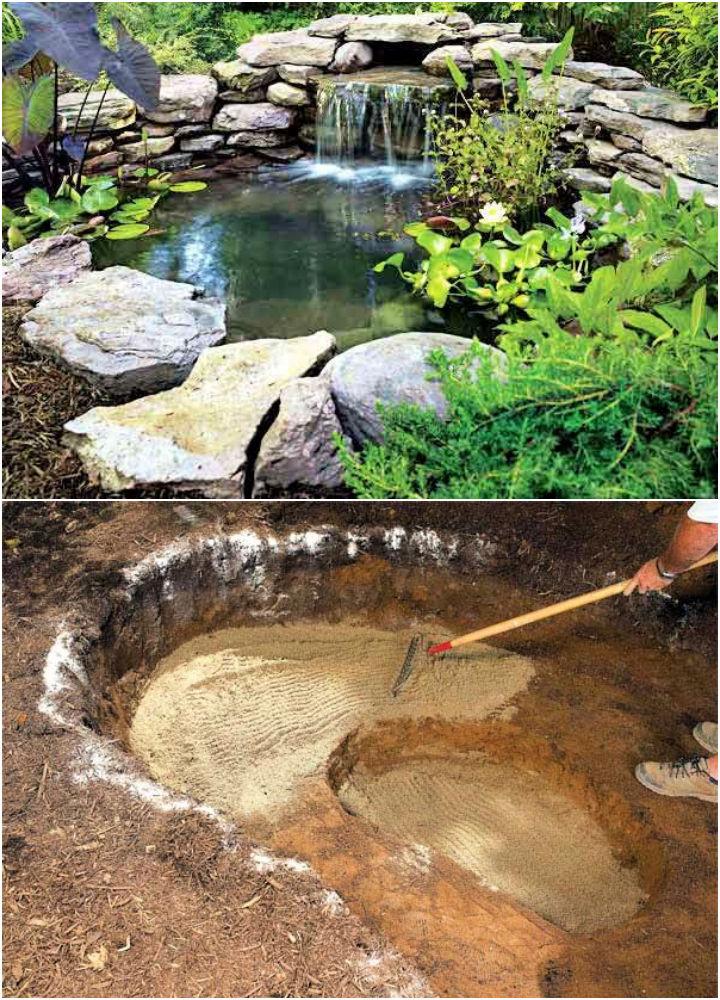
Making your own pond on a budget is a fantastic way to add a water feature to your garden without breaking the bank. With some creativity and resourcefulness, you can enjoy the soothing presence of a pond, enhancing your outdoor living area economically.
20. Small Zen Style Pond Design

A small Zen-style pond introduces a minimalist, peaceful element to your garden. Its simple yet profound design invites tranquility and reflection, turning any space into a serene haven. It's perfect for meditation or just unwinding after a long day.
21. Easy to Make Pond
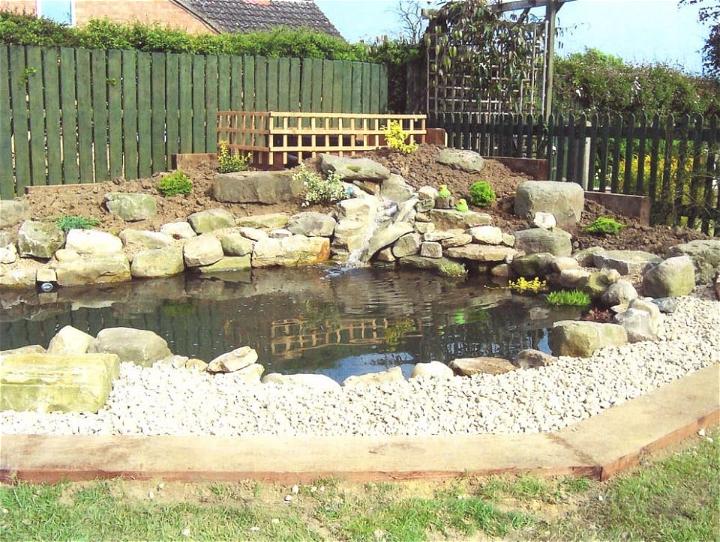
An easy-to-make pond is a doable weekend project that significantly boosts your garden's allure. With basic materials and a bit of elbow grease, you can make a captivating water feature. This addition not only beautifies your space but also offers a habitat for wildlife.
22. Make Your Own Pond Filter
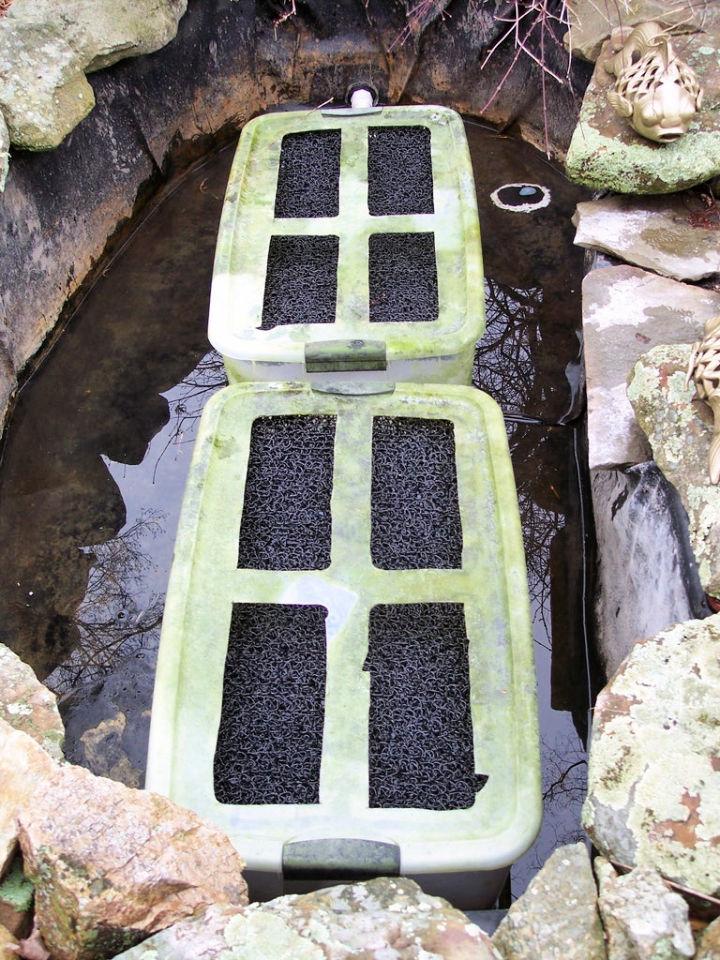
Make your own pond filter is a practical and cost-effective way to maintain clear water in your garden pond. It's an essential component for a healthy aquatic environment, ensuring your pond remains a vibrant focal point. This DIY solution can be both satisfying and effective.
23. Naturalistic Indoor Mini Pond Tutorial
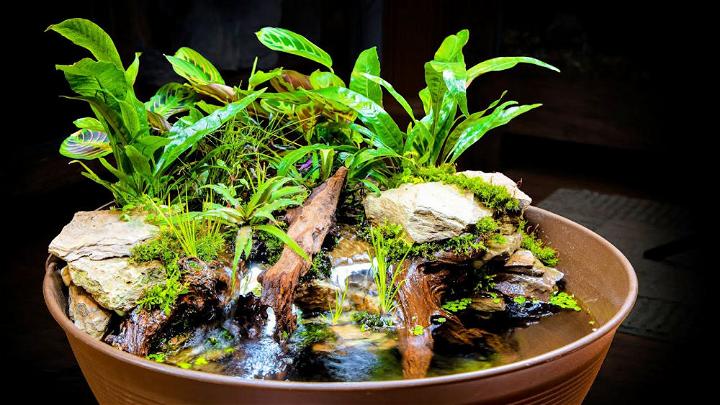
Bringing the outdoors in, a naturalistic indoor mini pond adds a unique, calming element to your home. This tutorial guides you through making a small oasis, perfect for adding greenery and a water feature indoors. It's an innovative way to enjoy nature inside.
24. Making a Turtle Pond
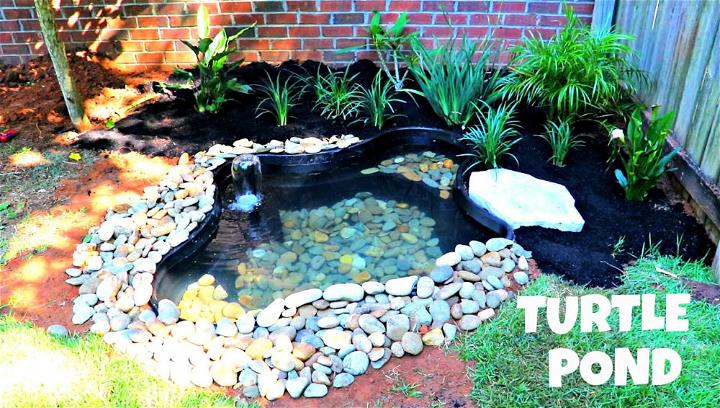
Making a turtle pond is a delightful way to provide a habitat for these charming creatures in your garden. It's a fulfilling project that enriches your outdoor space, offering a safe and attractive environment for turtles to thrive.
25. DIY Backyard Garden Pond
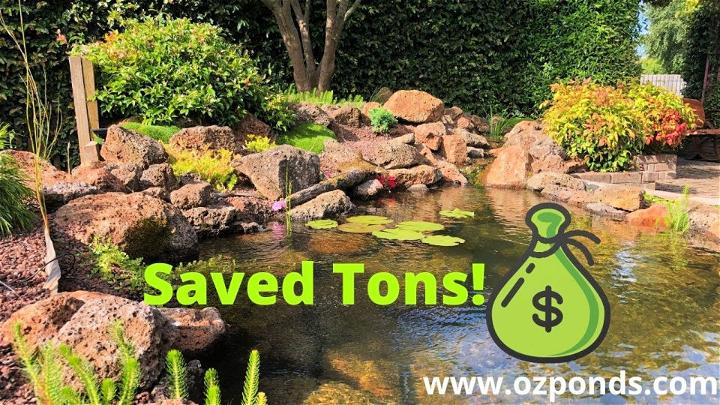
A DIY backyard garden pond is a fantastic addition, adding visual interest and promoting biodiversity. It's a project that invites nature closer to home, encouraging a diverse ecosystem. This personal touch makes your garden a truly enriching space for relaxation and enjoyment.
Conclusion:
In conclusion, building a pond can be a fulfilling project that adds beauty and serenity to your outdoor space. By following the steps outlined in this guide, you can make a tranquil oasis for yourself and local wildlife. Remember to consider the size, location, and maintenance requirements of the pond to ensure its longevity and success. Happy pond building!

